Bank of Thailand (BOT) Poised to Cut Rates Amid Slowing Growth and Global Trade Pressures
The Bank of Thailand (BOT) is preparing to lower its benchmark interest rate, responding to a decelerating economy and the broader impact of U.S. tariffs on global trade. According to a Reuters survey, the central bank is expected to trim its key one-day repurchase rate (THCBIR=ECI) by 25 basis points to 1.75% during its April 30 meeting — a move that would bring the rate to its lowest point in nearly two years.
This anticipated policy adjustment underlines the growing urgency among central banks in Southeast Asia to stimulate domestic growth while mitigating external shocks.
Economic Signals Prompting Policy Shift
Thailand’s economic performance in 2023 fell short of expectations, creating the backdrop for potential monetary easing. Inflation remained subdued at 0.8% in March, providing additional room for the BOT to maneuver without immediate fears of price instability.
The country’s second-largest economy, already grappling with weakened global demand, has felt added pressure from escalating U.S. tariffs, which have dampened business activity across the region.
Critical Drivers Behind the Bank of Thailand’s Expected Decision
Several key factors are influencing the BOT’s likely decision to cut rates:
Softening GDP Growth: Thailand’s GDP growth underperformed forecasts last year, heightening concerns about momentum.
Controlled Inflation: With inflation comfortably below target, the central bank sees little risk of overheating.
Currency Management: A softer Thai baht could enhance export competitiveness in a challenging external environment.
Regional Trade Headwinds: U.S.-China tensions and broader tariff issues are weakening global trade flows, directly affecting Thailand’s export-dependent economy.
Policy Space: The BOT retains room for gradual easing without facing immediate financial stability concerns.
This combination of factors provides a compelling rationale for further monetary accommodation.
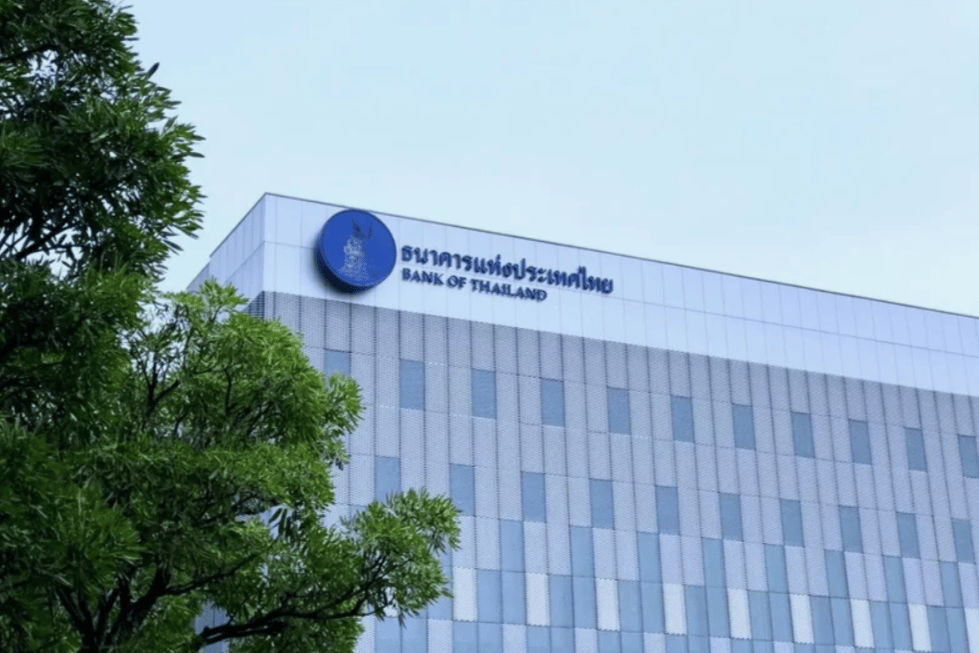
Emerging Trends from the Central Bank Landscape
The BOT’s anticipated move reflects broader themes in global monetary policy, especially across emerging markets:
Focus on Growth Stimulation: Central banks in developing economies are increasingly prioritizing growth over inflation containment.
Export-Supportive Measures: Weaker currencies are being tolerated — and in some cases encouraged — to protect trade surpluses.
Sensitivity to Global Shocks: External pressures, especially from major economies like the United States and China, are dictating domestic monetary responses.
Flexibility in Policy Tools: Central banks are keeping multiple options open, balancing rate cuts with other liquidity-support measures.
Shifts in Investor Expectations: Financial markets are recalibrating forecasts for monetary policy across Asia in response to evolving trade tensions.
The BOT’s policy stance will be closely monitored as an indicator of how Southeast Asian economies are adapting to global uncertainty.


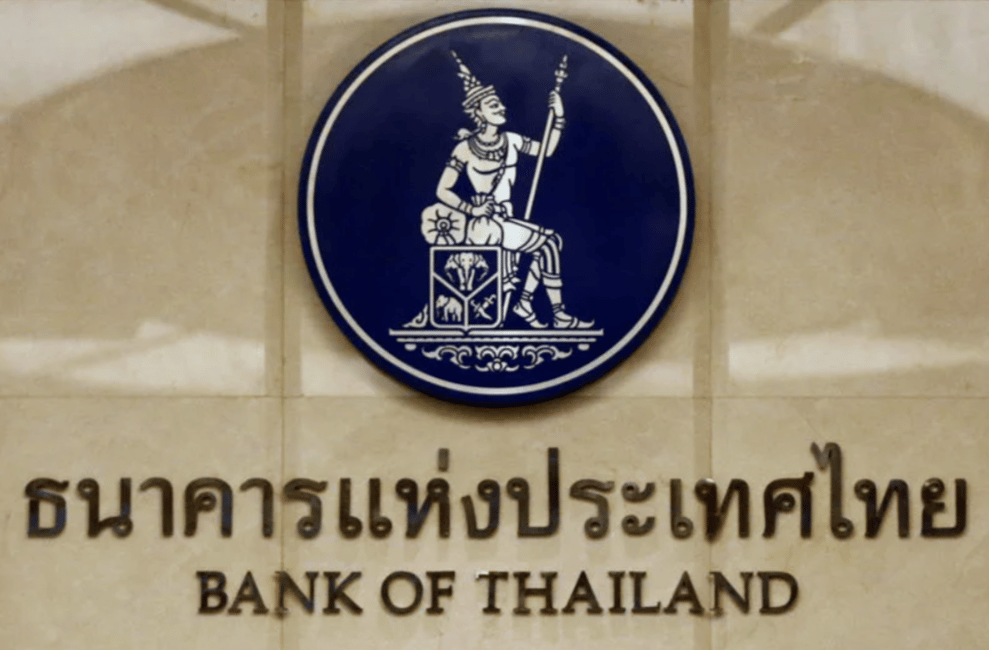




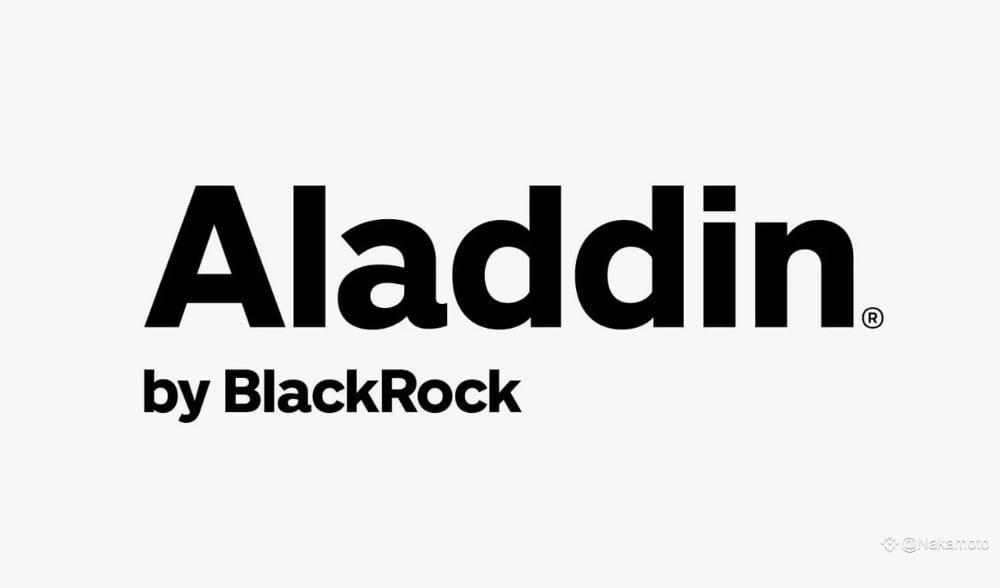

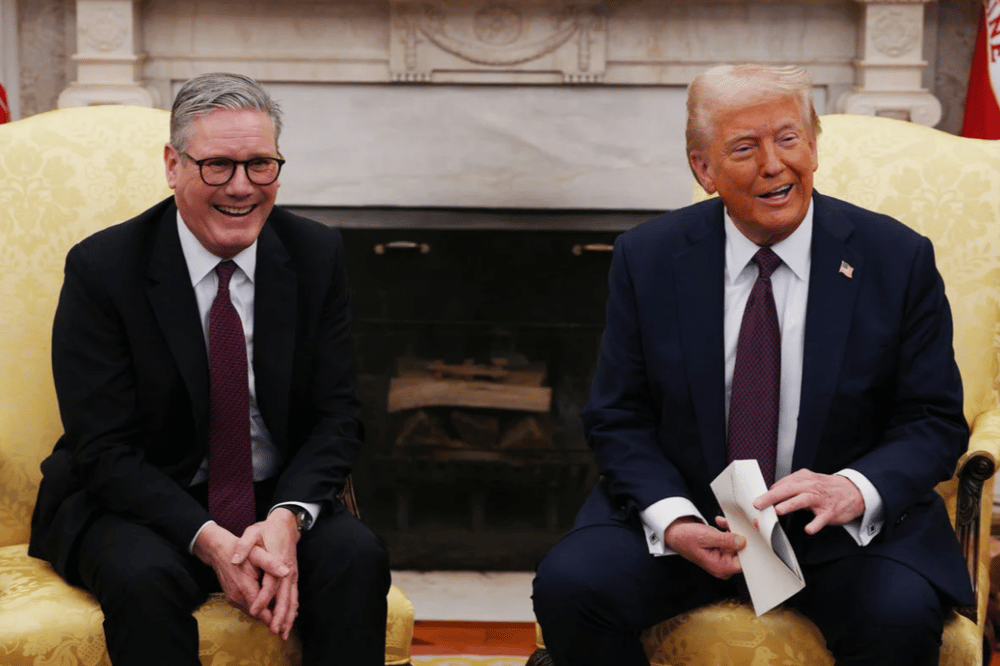

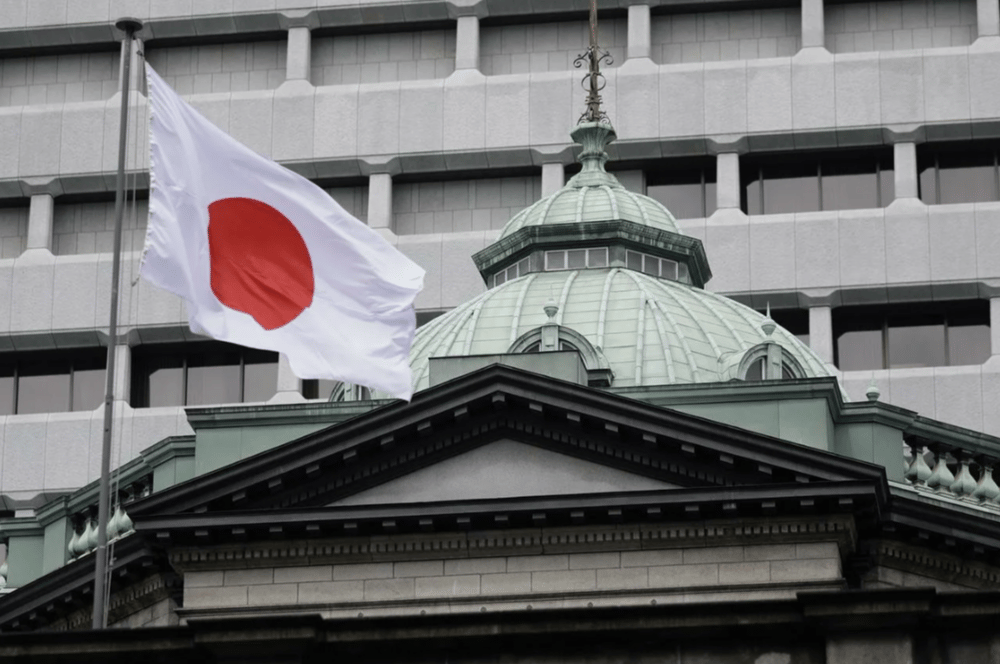




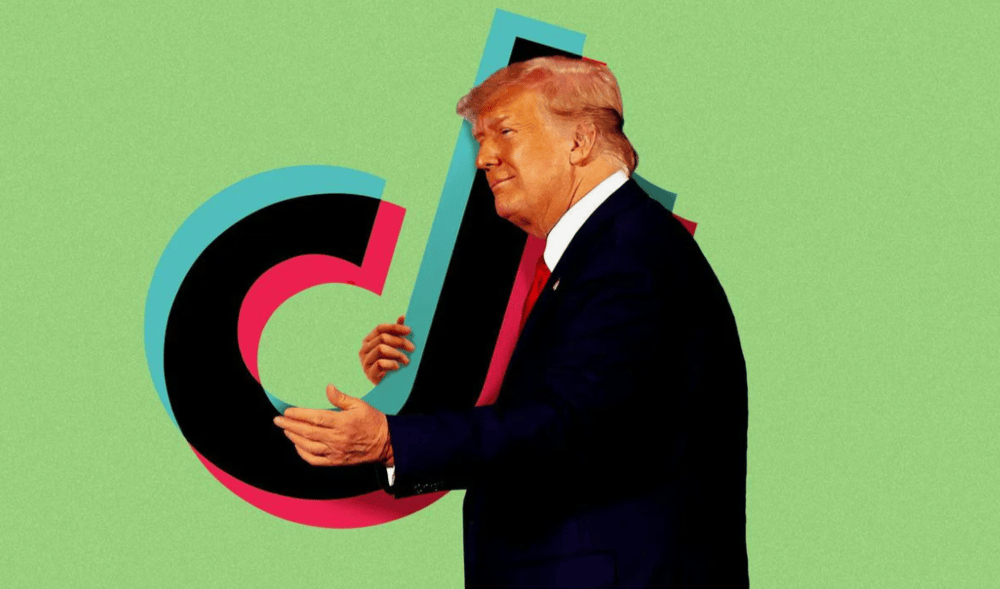

Comments